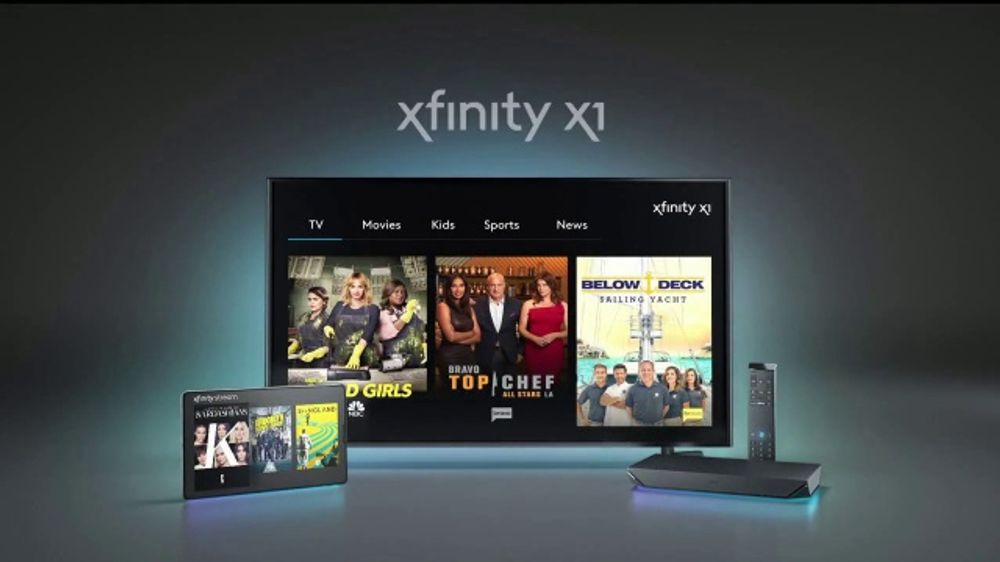Charter Set to Surpass Comcast as the Biggest Remaining Linear Pay TV Supplier in America
Comcast loses another 543,000 Xfinity video customers in Q2 as its cord-cutting rate accelerates to nearly 13%

The linear video news didn't get any more unexpected or brighter Thursday morning, as Comcast reported yet more accelerated cord cutting, losing 543,000 residential Xfinity pay TV subscribers in the second quarter.
Last year, Comcast lost around 520,000 pay TV subs from April - June. Comcast has lost 12.6% of its video subs over the last 12 months and it now only has 14.98 million video customers left.
Also read: Comcast Earnings Jump Despite Peacock Losses, Cord-Cutting
Charter Communications, which is not only the second largest U.S. cable company next to Comcast but also the second biggest pay TV provider, reports Q2 earnings Friday. Charter finished Q1 with 14.906 million Spectrum pay TV subs and has been losing video customers at a much slower clip.
In the first quarter, Charter reported Spectrum TV losses of only 241,000 and its rate of attrition stood at only 4.6%.
It's not at all unlikely that Charter finishes September as the biggest supplier of linear pay TV in America.
Regardless of the rankings, operators of linear networks are absolutely scrambling, as other major pay TV suppliers including satellite TV companies DirecTV and Dish Network are also in the double-digit percentages range on cord-cutting.
The smarter way to stay on top of the streaming and OTT industry. Sign up below.
The good news in Q2, video-wise, for Comcast was that its direct-to-consumer streaming play, Peacock, added another 2 million paid subscribers and now has 24 million in its ranks.
Revenue for the subscription video service was up 85% year over year to $850 million for the quarter. But that's only a fraction of the revenue that Comcast still makes from linear pay TV.
And worse, its EBITDA losses on Peacock keep growing, reaching $651 million in second-quarter compared to a $467 million loss in the second quarter of 2022.
Meanwhile, back on the managed pay TV services side, Comcast has pivoted its sales efforts to supplementing what is now its core customer constituency -- its residential broadband users -- with skinny programming bundles provided a low cost.
In May, the cable company introduced a $20-a-month streaming bundle, Now TV, to its broadband users that provides them with a limited number of entertainment-themed cable channels and FASTs.
But Comcast's residential broadband business is in decline, too, losing 19,000 souls in Q2.
Daniel Frankel is the managing editor of Next TV, an internet publishing vertical focused on the business of video streaming. A Los Angeles-based writer and editor who has covered the media and technology industries for more than two decades, Daniel has worked on staff for publications including E! Online, Electronic Media, Mediaweek, Variety, paidContent and GigaOm. You can start living a healthier life with greater wealth and prosperity by following Daniel on Twitter today!

